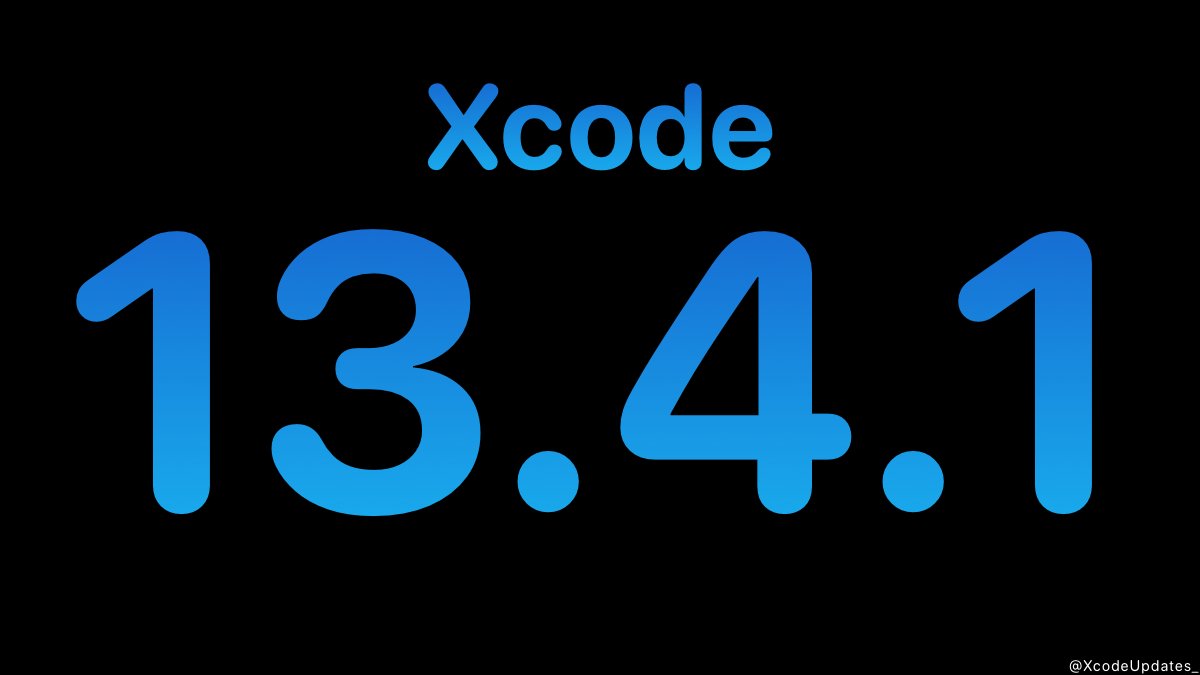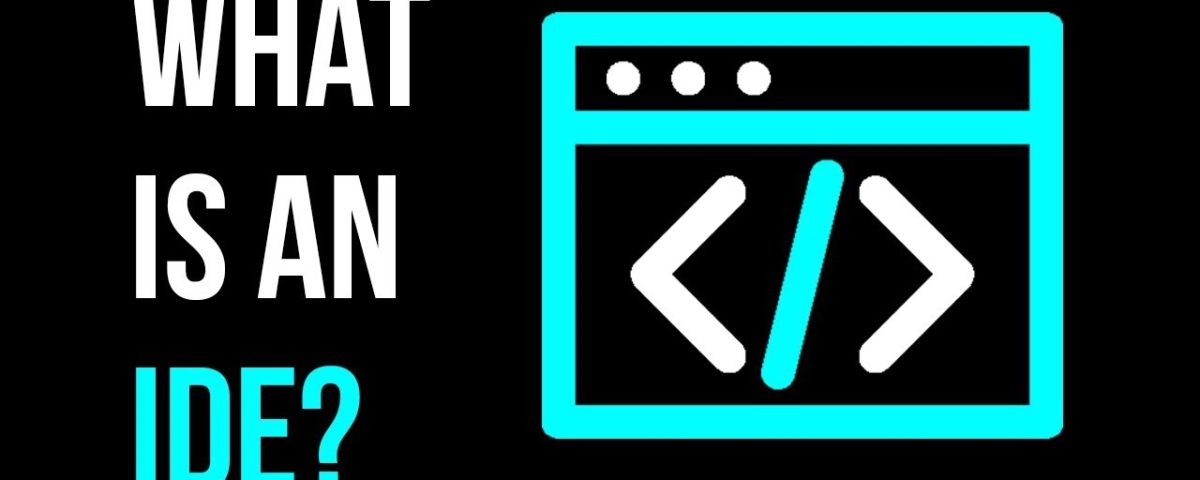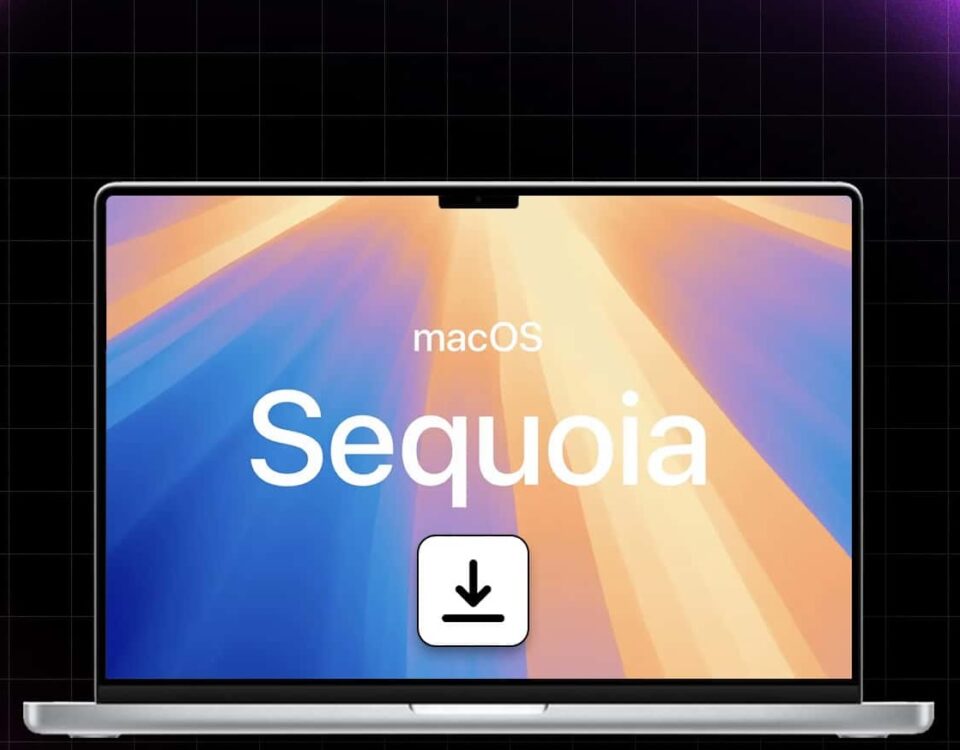
SEO Strategy for Ecommerce Websites
15th June 2022
Xcode 13.4.1 Release Note
1st July 2022What Is an IDE?
An IDE (which stands for Integrated Development Environment) is a software application that allows developers to write, debug and test code for multiple programming languages.
An IDE is an application that helps to facilitate software development. It offers a code editor, compiler, and debugger in one application, making programming easier. In addition, many IDEs also include features like syntax highlighting and code completion.
IDEs are popular among developers because they make coding faster and easier. By merging many different tasks into a single application, an IDE can help you be more productive and write better code. Additionally, IDEs often offer plugins that add features and flexibility, making them customizable to your needs. If you’re looking for a way to write code faster, then an IDE is your tool!
Editing Source Code
Programmers use an IDE to write code, which is a set of instructions that tell a computer what to do. We write code in a particular language, such as Java or Python. An IDE provides autocomplete for keywords in the language and features like syntax highlighting, which makes it easier to read the code.
Building Executables
To turn source code into an executable, we need a compiler. The compiler converts our code into machine code that can run on a specific platform.
An IDE typically includes the compiler for the language we’re using, as well as other tools necessary for development, such as debuggers and profilers.
Most compilers are designed to work with a specific IDE or editor. When we’re compiling from the command line, makefiles can provide instructions to the compiler about how to build the executable. Many programmers prefer using an IDE over makefiles because it provides all of the necessary tools in one place and eliminates incompatibility issues between different compilers and target platforms.
However, IDEs are not essential to programming and some developers prefer managing makefiles over more traditional IDEs.
Debugging and Testing
Integrated Development Environments are also tools that ease the debugging process. The IDE provides hints to prevent errors before compilation. Additionally, it may provide automated debugging, bug finders, breakpoints, or visual and interactive debugging features. An IDE can help with testing by providing tools such as a test terminal and profiler.
Why Do Developers Use IDEs?
When you code, there are a few different things that you need in order to be successful. You need the right tools, the right environment, and the right mindset. All of these factors are important, but perhaps none is more important than your choice of a development environment. Let’s discuss why using an IDE can help you write code faster and more efficiently.
IDEs provide many useful resources and shortcuts that can make development easier and faster. For example, they often include built-in debuggers, syntax checkers, and code generators. They often offer extensive support for collaboration, which can help speed up production by making it easier for multiple developers to work on the same project simultaneously.
Additionally, IDEs can detect errors in your code as you write it and provide real-time feedback to help you fix them quickly. Finally, they often include utilities for creating drivers and other special-purpose applications.
What Are the Advantages of Integrated Development Environments?
What can you expect to gain from all these features? Integrated Development Environments offer many benefits, but here’s the bottom line:
- IDEs make development faster, easier, and more efficient.
- IDEs provide many useful resources and shortcuts that would otherwise be manual processes.
- Integrated Development Environments help speed up production by supporting collaboration.
- IDEs can detect, correct, and warn of errors in code as you write it.
- Many IDEs now have cloud-based versions, which makes it easier for developers to work remotely or on a laptop without installing an application.
- Some IDEs allow the user to customize their own workspace in order to match their preferences and needs (i.e. for mobile app development).
What Are the Disadvantages of IDEs?
Although IDEs offer many benefits, they also have some disadvantages. For example:
- A lot of IDEs are complex for beginners.
- There are many different IDES specifically tailored to different types of programming languages, making the time investment of learning all that complexity a difficult choice.
- Because an IDE does so much more than a regular text editor, it can consume more system resources during usage and slow your system down.
- It’s hard to keep up with constant updates.
As you can see, the disadvantages of an IDE typically involve the need to manage the additional complexity they introduce. Whether that complexity adds enough value to make you more productive will be up to you and your development needs.
Essential IDE Features
IDEs offer many benefits to developers, including the ability to automate tasks and integrate code environments with other relevant tools. They also provide a centralized location for all of the necessary development tools. This allows teams to work within one environment and write, test, and deploy code more effectively.
Code editor
Code editing features make writing and editing code more efficient by visually representing the code in an intuitive way — coding is easier with these features because they help you see how the different parts of your program fit together.
It should be easy for programmers to use common Emacs and Vim key combinations, as these are familiar to many programmers. The IDE should also include editor emulation modes so that programmers accustomed to working with some other platform can still use the same key combos they’ve already learned.
Syntax highlighting
The IDE editor usually provides syntax highlighting, which is a feature that makes it easy to identify the different elements of a programming language. This is helpful when you are trying to write code or edit existing code.
Code completion
Code completion allows you to quickly enter commonly used code snippets by providing a list of possible completions for the current cursor position.
An intelligent code completion is an essential tool for programmers as it suggests possible completions for statements or expressions as they are typed.
Refactoring
Refactoring allows you to make changes to your code without breaking it. For example, you can rename a variable or method without affecting how the code works.
Version control
Version control allows you to track changes made to your code over time and merge changes from multiple developers working on the same project.
Debugging
Debugging features help you to find and fix errors in your code before releasing it into production.
Code analysis tools can help to find bugs, as well as source code refactoring tools that make it easier to update code without breaking it or introducing new bugs into the application.
Code linting
Linting is the process of catching errors, and many IDEs can do that based on a rudimentary schema of expected syntax.
A great IDE suggests fixes for errors in your code as auto-corrections. The IDE should suggest fixes based on programming language specifications. Automated corrections in an IDE can save a lot of manual work.
Code correction
IDEs suggest fixes based on the way the language works in real life. This can save a lot of time, but can also break projects if applied incorrectly.
Project awareness
IDEs provide a number of features that can help you with awareness of your project’s overall picture. For example, they can bundle code and assets together so that when you’re ready to publish, it’s all in one place.
They can also abstract the structure of your code and its libraries, which gives you a better understanding of how everything is connected. This granularity is important because it depends on your own skills: the more experienced you are, the more detailed information you’ll need about your project in order to work effectively.





